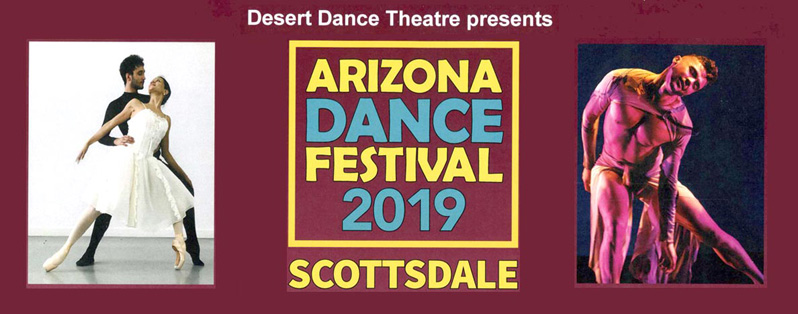Company: AlignDance Theatre
Choreographer: Wendy Ellis
Performers: Ashlyn Kastelic, Katelyn Mizera, Maddie McDonald, Haley Vago, Cayle Zic
“Literal” and “message” can mean the death of creative expression and are words that every artist should fear. Unless, of course, there is an issue of real consequence to which you, as an artist, want to lend your voice and your talents. As artists (and I include myself) we are not so noble that when our assistance is needed, we cannot get out, put our shoulder to the wheel and help push. We just have to remember that we are lending our art to the cause, not sacrificing it. There’s a scale here that goes from Interpretation to Portrayal to Proselytizing to Prostitution (I reserve this last category for overt sellouts, like musicians who rework their hits for an advertisement). Artists concerned with their integrity when delivering a message are well advised to tread carefully and choose wisely.
Choreographer Wendy Ellis is facing this challenge as she takes on the insidious ravages of negative body image among women. This topic is especially poignant given the increased pressures prevalent among dancers. In her work, Reflected Image, we can see the path she has carefully walked between literal portrayal and artistic interpretation.
The dancers, clad in full-length shifts, agonize over their reflection in mirrors arranged around the stage. At the back of the stage, messages of negative body image are projected on a screen – a dozen variations on “I hate how I look”. The dancers contort in pain as they embody these various expressions of self-loathing. At one point, a dancer removes her shift, revealing herself in the equivalent of underwear and makes herself truly vulnerable to her fears around the exposure of her body.
The simple brilliance of this piece lies in the creative use of the costumes. The dancer hangs her long shift over the full-length mirror, cutting herself off from her own reflection. As she does so, she visibly relaxes. No longer obsessed with critical self-examination, she is free to accept the reality of her body. This begins a chain reaction as the dancers assist each other with this transformation, each covering her mirror with her shift. We understand that this is more than covering their reflection. The act is symbolic of cutting off the feedback loop of societal messages that have become internalized. There is a palpable sense of relief that flows through them as the painful contortions of shame and guilt give way to an almost joyful acceptance of their bodies.
One of the dancers proves resistant to this transformation, and the collective effort of the other dancers isn’t sufficient to get her to join them. She stubbornly retains her shift and continues to struggle with her reflection. The projected message is now a dire warning about the dangers of eating disorders and is a sobering reminder that not all behavior is easily modified and not everyone so afflicted can be saved.
Ellis threads a course between the literal and the symbolic – between the warring demands of “Does it communicate the message?” and “But is it art?”. As to effective, I think we can apply a simple test: which is more powerful – the on-screen text stating “I hate my body” or the dancer, writhing and contorting in pain at the sight of her own reflection? Artistically, the creative use of costuming makes for potent symbolic representation. I contend that this is both artistic and effective. This is art putting its shoulder to the wheel, lending its unique powers of symbolism and emotion to convey the message. Intellectual understanding alone is frail by comparison.
Viewed Re/Viewed


Recent Comments